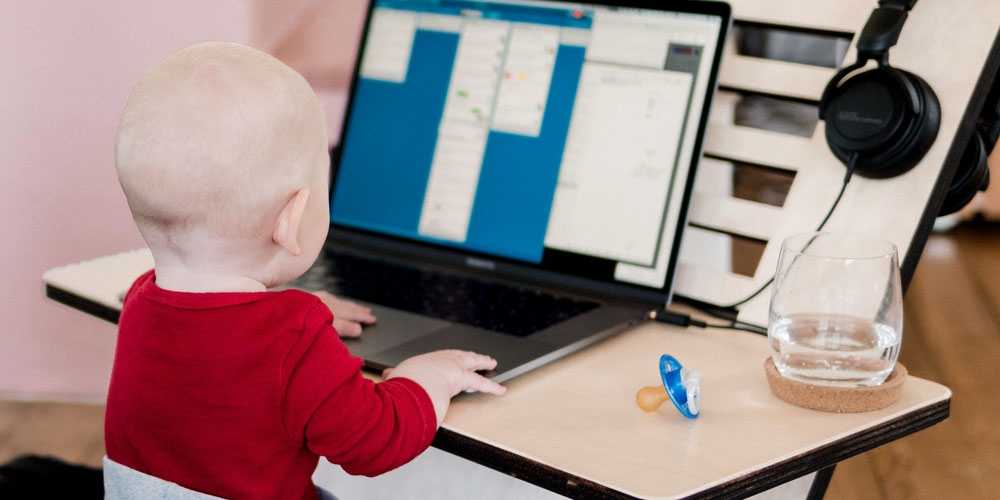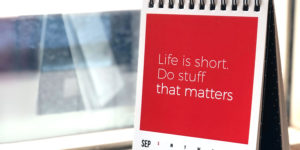I really enjoy the unique project management challenge of working with startups to create something completely new from scratch on a budget with a strict deadline and a lot of unknown factors.
Here’s how I collaborated with a CEO with a fixed deadline to design, budget, and create a product prototype in only three weeks.
Start with the known.
Acme* had been in the planning stages for 8 months developing the technology for a proprietary medical device. Because this was the first product the co-founders created, they didn’t know it’s a best practice to design the outer casing that would be in contact with the end user in tandem with the inner tech. When they approached me, we had just three weeks until the prototype launched to create the outer covers.
The first thing I do when starting any project is talk about the big picture. We did a deep dive on the ideal end user, typical use case, current products on the market, target price point, and practical considerations like durability and washability. We also set the expectation that this was a prototype, and the final mass-produced product design would likely change after this testing phase.
Strategy: I internalize the big picture so I can align to what’s most important throughout the entire project management process.
Plan for the unplanned.
I worked with Acme to prioritize the most essential features for this first prototype, rather than trying to incorporate nice-to-have functionality they weren’t sure about. That meant we could do a few things well, rather than lose valuable time incorporating something that might change immediately.
I developed a preliminary budget and timeline, complete with task owners. Then I padded it by 20%. For the timeline, this meant I only scheduled 5-6 hours of tasks per day in case I needed to remake a component or shop for additional materials. For the budget, this meant I had room to try a few options and buy more materials as needed.
Strategy: I automatically pad the budget and production schedule to leave room for setbacks and changes.
Schedule frequent check-ins.
We established contact methods before I began fabrication: if I needed immediate feedback, I would text. If it was something that could wait, I would send a summary email at the end of the day.
Because I only had two weeks for the fabrication, I scheduled a recurring meeting hold at the beginning of each day in case we needed to review what I’d created the previous day. At the end of each day, I would send a message with photos of progress and confirm whether we needed to meet the next morning.
Strategy: I create clear communication and feedback methods to eliminate stress and enable everyone to plan their schedules accordingly.
Outsource to save time.
After we spent the first week collaborating on the prototype design, I checked the availability of my favorite fabricators, including laser cutter operators, fabricators, and mold-makers. For some repetitive tasks, like cutting fabric and foam, I outsourced to a laser cutter operator for speed and accuracy. I work with people whose labor rates are similar to mine so I can replace my work on a 1:1 basis and save money when they get things done faster.
Strategy: I make sure multiple fabricators are free so I can pass off repetitive tasks to save time and money.
Be willing to change course.
Acme made some changes to their inner tech halfway through the outer cover prototype creation. This resulted in changes to the outer cover. Because I am used to working in ever-changing conditions, my focus remained on what is best for the client. We discussed options, and I adjusted the outer cover design to accommodate the new changes with minimal impact to the budget or timeline. Thankfully we didn’t need to eliminate features in order to hit the deadline.
Strategy: I expect changes, and I focus on what’s best for the project and client.
Learn from the experience.
After I delivered the prototype on time and under budget, I scheduled a call to talk to the founders about what worked and what we would do differently next time. During this particular project, I learned to ask whether the inner tech was the final design, or whether they were planning to continue development during my fabrication process. Acme learned functionality can influence technology, and it’s great to think about the product as a whole throughout the design process.
Strategy: I love to optimize processes for efficiency based on experience.
I’m happy to use my enthusiasm, flexibility, and experience to help manage your project. Reach out to me for a free consultation.
*Due to our NDA, I can’t reveal the name of the client; I’ll call them Acme Widgets for the purposes of this post.


